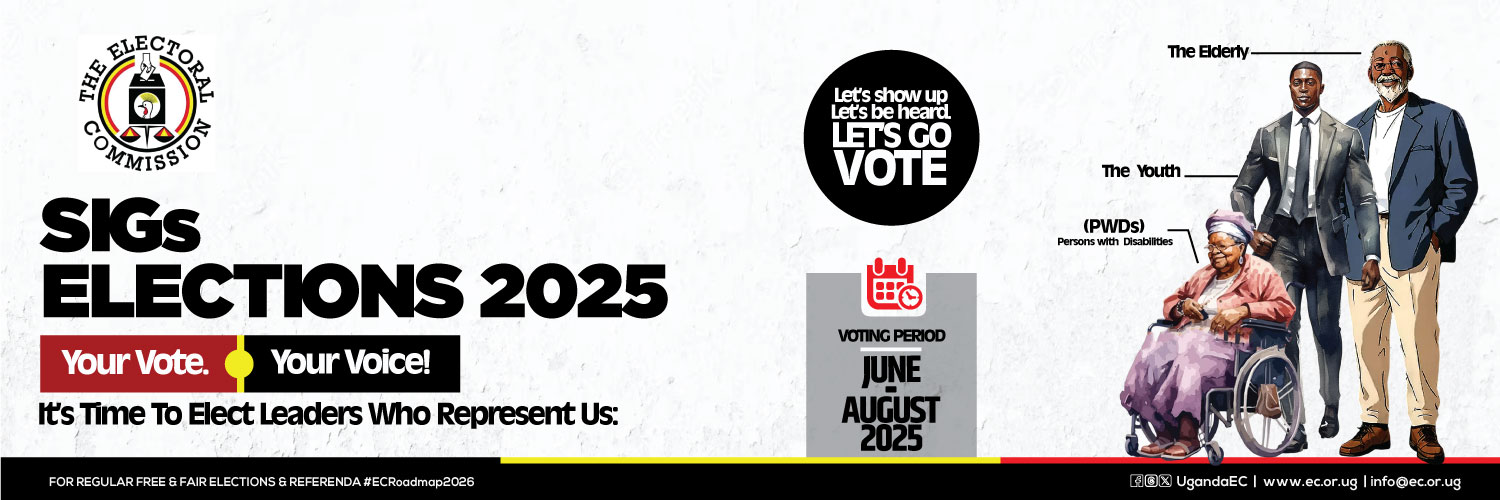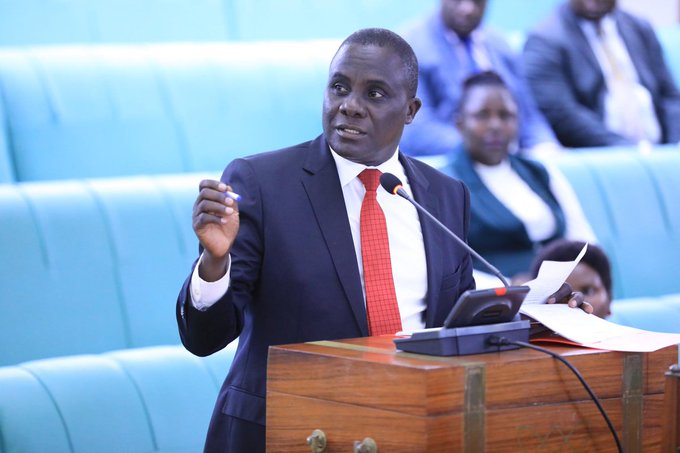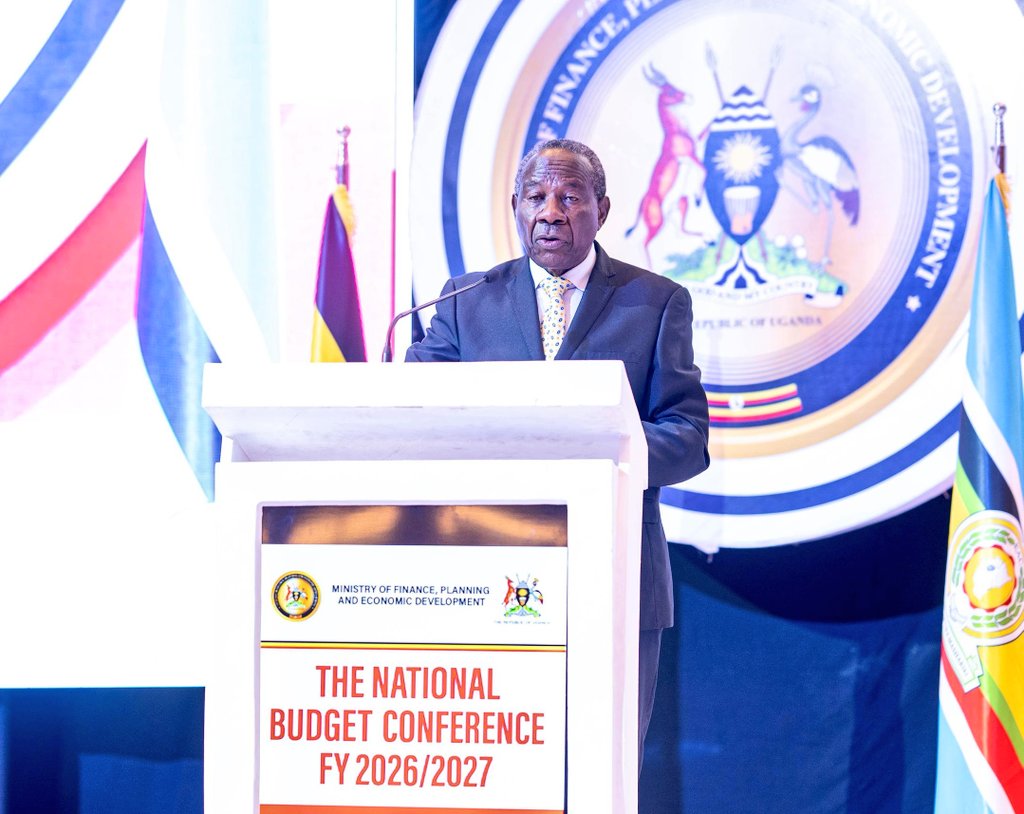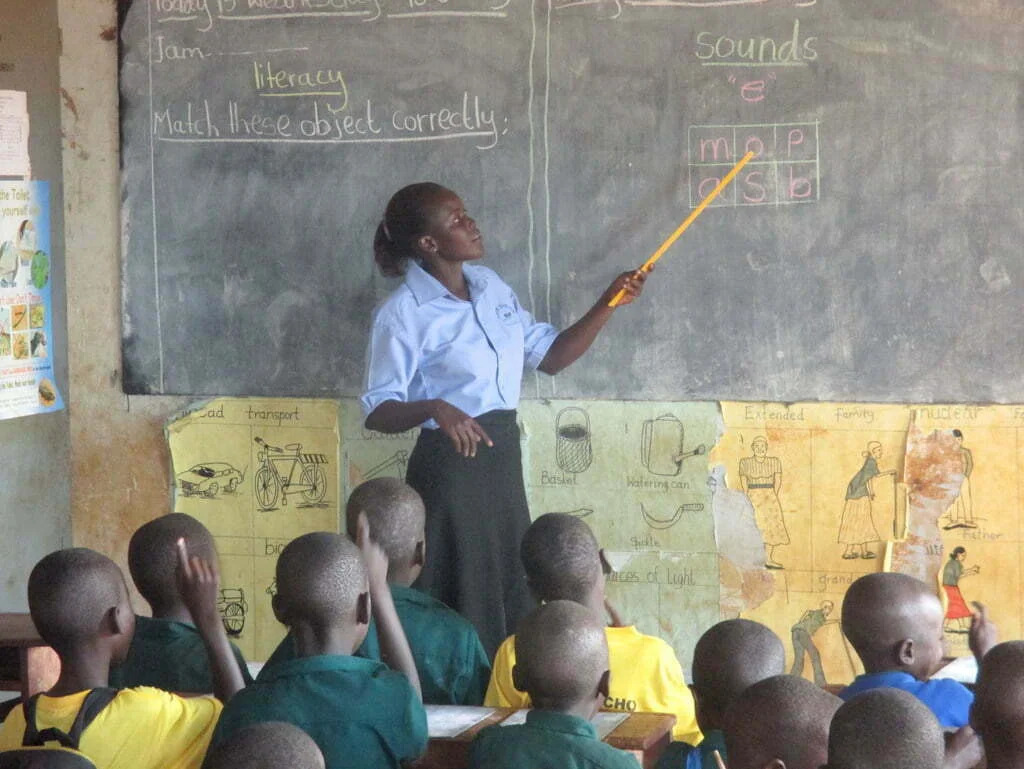The complexities and cost of splitting up Tororo, Bundibugyo districts to create new administrative units, more MPs
For decades, the promise of new districts has been a recurring feature of Uganda’s political landscape—justified as a tool for service delivery, yet often criticized as an expensive indulgence and a political strategy.
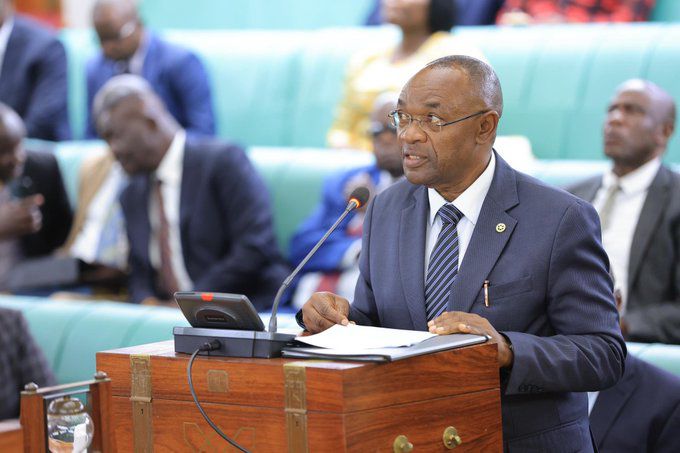
When Government Chief Whip Hamson Denis Obua stepped out of the State House caucus meeting on September 12, 2025, the announcement he carried was hardly surprising. Uganda’s ruling National Resistance Movement (NRM) had once again endorsed the creation of new administrative units: Tororo City, three new districts carved out of Tororo, and Bughendera District from Bundibugyo.
It is a familiar script. For decades, the promise of new districts has been a recurring feature of Uganda’s political landscape—justified as a tool for service delivery, yet often criticized as an expensive indulgence and a political strategy.
Service Delivery and Peace
According to Obua and Local Government Minister Raphael Magyezi, the rationale is clear: smaller units mean services are closer to the people. In Tororo, a district long plagued by ethnic tensions between the Iteso and Jopadhola communities, subdivision is being sold as a solution for peace.
Bundibugyo, too, has its fair share of identity-driven conflict. Splitting it into Bughendera District is meant to “bring peace and security,” in Magyezi’s words.
“People want services closer to them. Urbanisation is increasing at 5.3 percent annually, one of the fastest in Africa,” Magyezi said, defending the move.
The Hidden Costs
But the price tag tells another story. Magyezi admitted that at least UGX 26 billion will be required just to operationalize the new entities—money that could otherwise support healthcare, education, or infrastructure.
And that is only the beginning. Every new district demands a full administrative structure: a district chairperson, council, Chief Administrative Officer, Resident District Commissioner, health and education officers—and, crucially, new Members of Parliament.
Uganda’s Parliament already boasts more than 500 MPs, one of the largest in Africa. The new units will add even more: a Woman MP for each new district, a Woman MP for Tororo City, plus two division MPs.
Election Season Politics?
Critics argue that the timing—barely months to the 2026 General Elections—is no coincidence. Redrawing boundaries before elections inevitably shifts political dynamics.
Magyezi bristled at suggestions of gerrymandering, pointing out that when Nakawa was split, the Opposition took both seats. Still, skeptics remain unconvinced.
“Administrative balkanization has long been a vote-harvesting tool,” one political analyst noted. “Even if the NRM doesn’t always win, creating districts signals responsiveness to local demands, which strengthens its legitimacy.”
Will It Really Solve Local Conflicts?
The government insists subdivisions will end ethnic wrangles. Yet history suggests otherwise. From Kasese to Apaa, the carving up of districts has often deepened identity politics instead of resolving them.
In Tororo, the split may calm tempers temporarily, but whether it heals deep-rooted divisions between the Iteso and Jopadhola is another question altogether.
A District-Obsessed State
Uganda’s district boom is staggering. From just 39 districts in the 1990s, the number has ballooned past 140 today. The creation of Tororo City, Mukuju, Mulanda, Kisoko and Bughendera signals that the appetite has not waned.
Proponents frame it as decentralization. Critics call it unsustainable balkanization. What is clear is that districts have become political currency—symbols of recognition, belonging, and bargaining power with the central government.
The Bottom Line
For the communities of Tororo and Bundibugyo, new districts and a city may bring the promise of visibility and easier access to services. For government, it is a show of responsiveness ahead of the 2026 polls.
But for taxpayers, the cost of multiplying bureaucracies continues to rise. And for Uganda’s fragile political landscape, the gamble of creating peace by redrawing maps remains untested.
In the end, whether this is service delivery or political survival may only be revealed after the 2026 elections.


